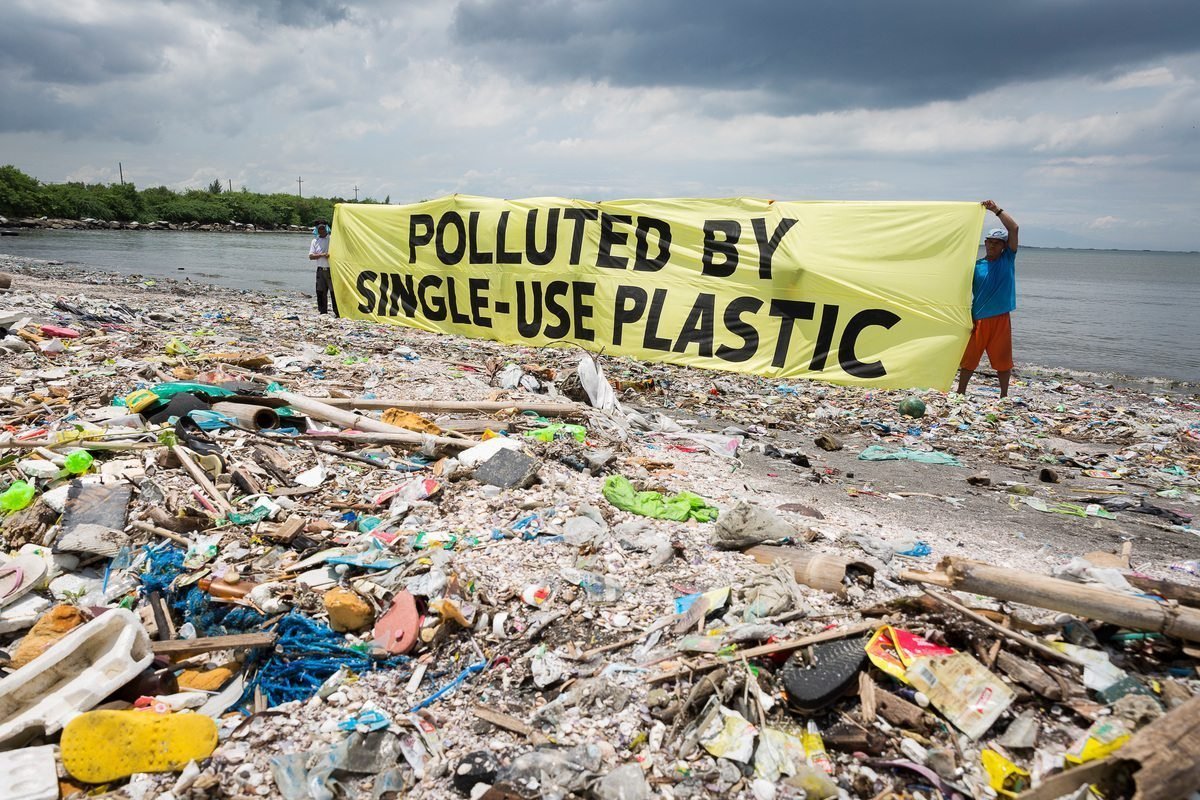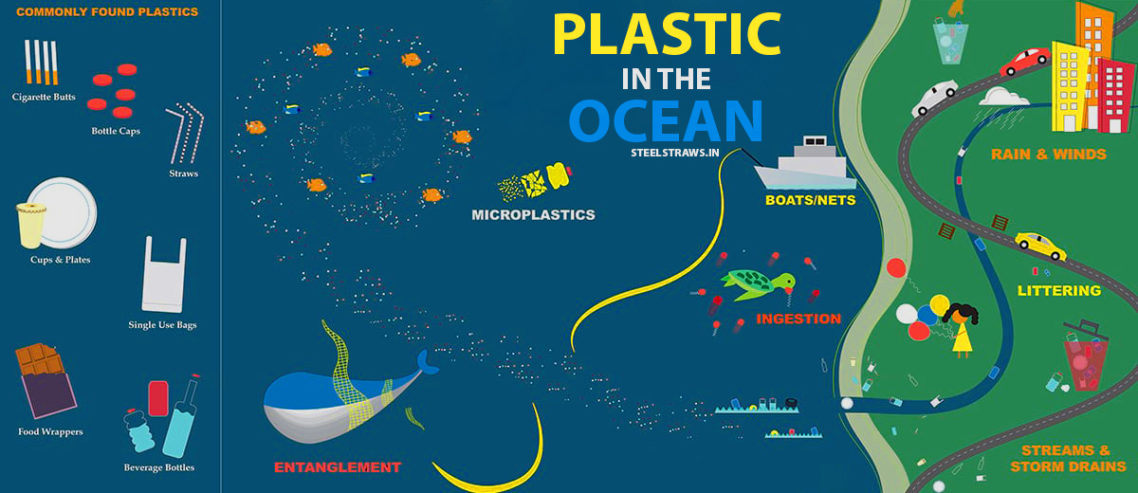The Severe Effects Of Single-Use Plastic
Do you ever wonder how a single-use plastic:
- Pollutes the environment
- Hampers the marine life
- Imbalances nature
Plastic is a convenient product that is certainly useful in a lot of ways. From single-serve beverages to packaging your favourite snacks, there are many excuses to use this product. These things can be recycled but the reality is that only some plastics end up in the recycling centres. Single-use plastic, however, gets dumped to the landfills where they never get decomposed. These things find their way into the oceans and then pollute our water bodies.
Since the invention of plastic products every living organism whether humans or animals have suffered either directly or indirectly. The single-use plastic is currently the worst kind of product considered as a plague on the planet. A popular quote from clearpublicspace.org states that “Nothing we use for a few minutes should pollute our environment for decades or even centuries.” This is a reality regarding single-use plastic. We use it only for a few minutes and it stays in the environment for hundreds of years. Plastic does not decay, it only breaks down into minute particles. This is the reason why the plastic ban is necessary.
The effects of single-use plastic on humans and other living organisms is well documented. Let’s take a look at some of the most common effects on different species.

Effect on Marine animals and wildlife
Throw a plastic bottle into the ocean and it will sink to the bottom & stay on the ocean floor for aeons. Similarly, a plastic bag or plastic straw floats on the surface because it has no weight. This is where the real problem lies. Seabirds or marine animals mistake them for food and try & swallow them, resulting in choking. Horrifying pictures of marine animals slowly dying due to the consumption of single-use plastic has shaken the entire world. Some stats regarding the harmful effects on marine life are listed below:
- An average of 30 plastic pieces can be found in one Seagull’s stomach, as per the reports provided by the Dutch researchers on marine life in the North Sea.
- Albatross infants die from consuming plastic pieces provided by the parents, as they mistake it for food.
- It is estimated that by 2050 there will be more plastic than fishes in our ocean.
- Marine plastic pollution is found in 100% of marine turtles, 59% of whales, 36% of seals and 40% of seabird species examined, as per the recent studies.
- Each year 100 thousand marine mammals, turtles, and 1 million seabirds are killed due to marine plastic pollution.
Hence, single-use plastic is a deadly poison that is slowly but surely killing marine life.
Effect on Humans
We are readily exposed to plastic products anywhere we go. From cosmetic products to the plastic straws we use, single-use plastic is harming our environment in many ways than we could imagine. It has an alarming effect on our body as well. For instance, how many of you would have stored your food in a plastic container and put it inside a fridge? Or for that matter how many of you have reused water bottles? These are some of the fine examples of how easily the plastic chemicals can seep into your body. You might have heard it before but still, you use it just like we all do. The fact is that plastic is the most convenient product on the planet. So, we cannot just swap it away. But we must at least ban the single-use plastic for now.
The additives used in plastic are quite harmful to our health. For example, BPA is used in the production of many different types of plastics. This chemical has been associated with reported heart diseases in the adult population. Another serious concern about plastic use on human health is its impact on the environment and how it adversely affects the entire population of humans & animals.
There are two most common plastic additives or chemicals that have been linked to causing diseases. These are:
- BPA – Also termed as Bisphenol A, BPA is associated with heart-related diseases. This makes it a harmful chemical for humans. Steps have been taken by the Governments to ban its use.
- Plasticizers – The additive is used in PVC to make everyday use items flexible. Also termed as phthalates, the additive is linked to reproductive malformations, asthma, and direct toxicity.
Indirect effect
Plastic elements have now successfully entered then the entire food chain. The fish that is served on your platter is most likely to have consumed some plastic toxins that are now on your plate. Neither the restaurant nor you could detect such toxins in your food but they are present for sure. Our health is now compromised and if no immediate action is taken the result would be even more chaos than it is now.
Find out Best Eco-friendly products


Comments
2 Comments
[…] biggest culprit behind this problem is single-use plastic products. As the name suggests, single-use plastic products are the ones that are used just once and then […]
[…] Plastic waste is a serious problem worldwide, with India alone has produced 34 lakh tons of plastic waste in 2019-20 as per Indian government data. Of all the plastic produced to date, only 9 % of plastics have ever been recycled. Leaving us with tons of plastic waste that are clogging the landfills and resulting in the deaths of many marine creatures. […]
Comments for this post are closed.